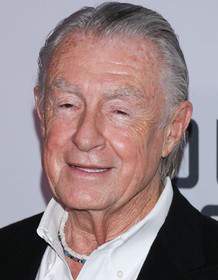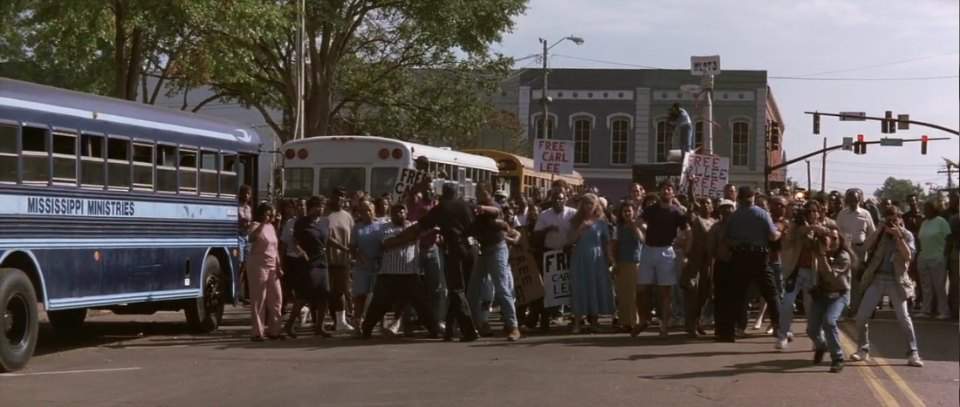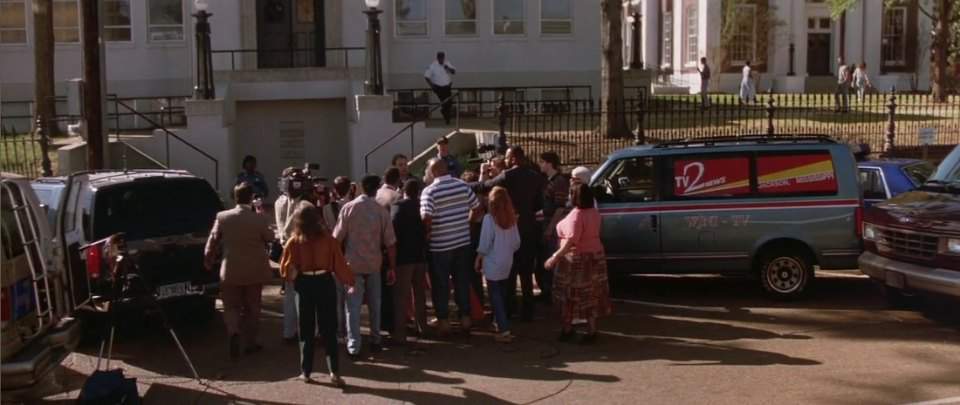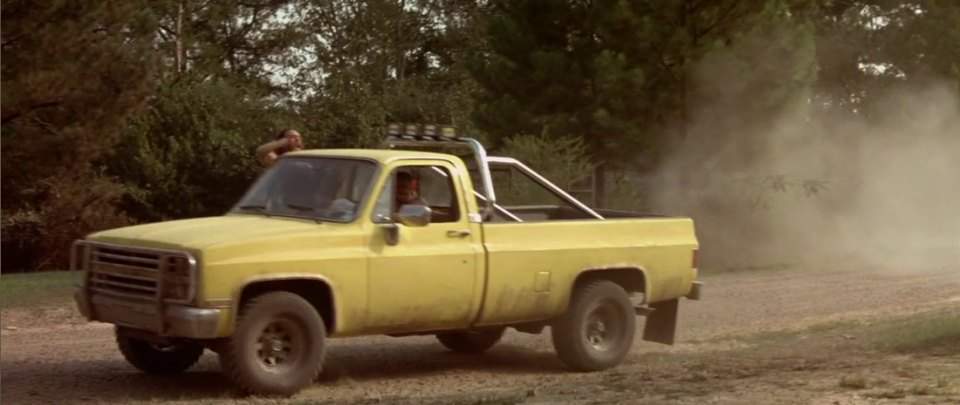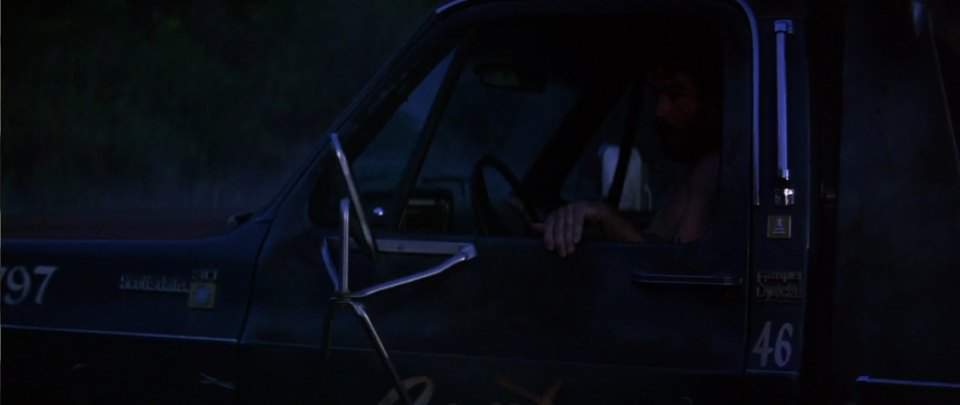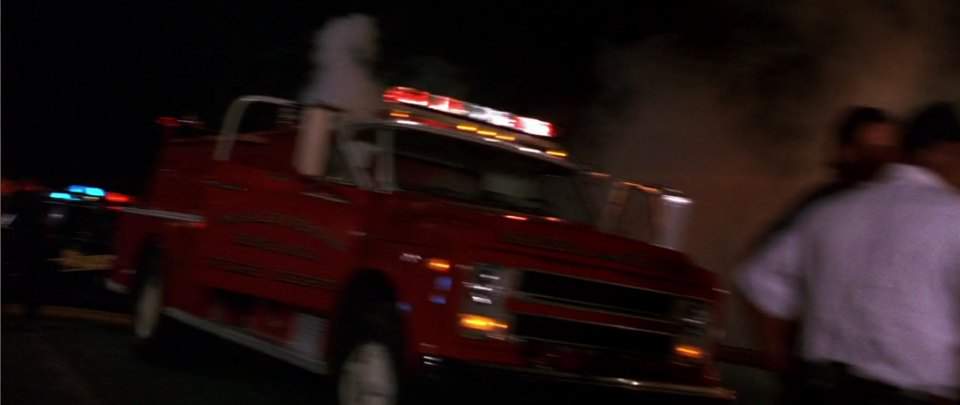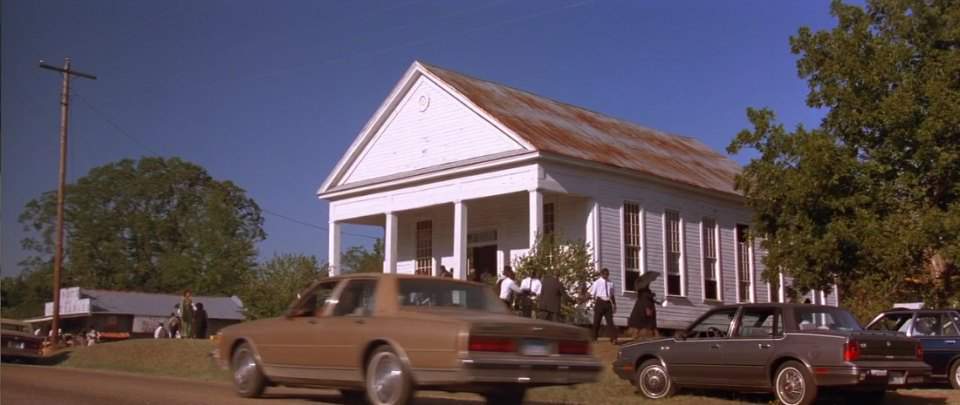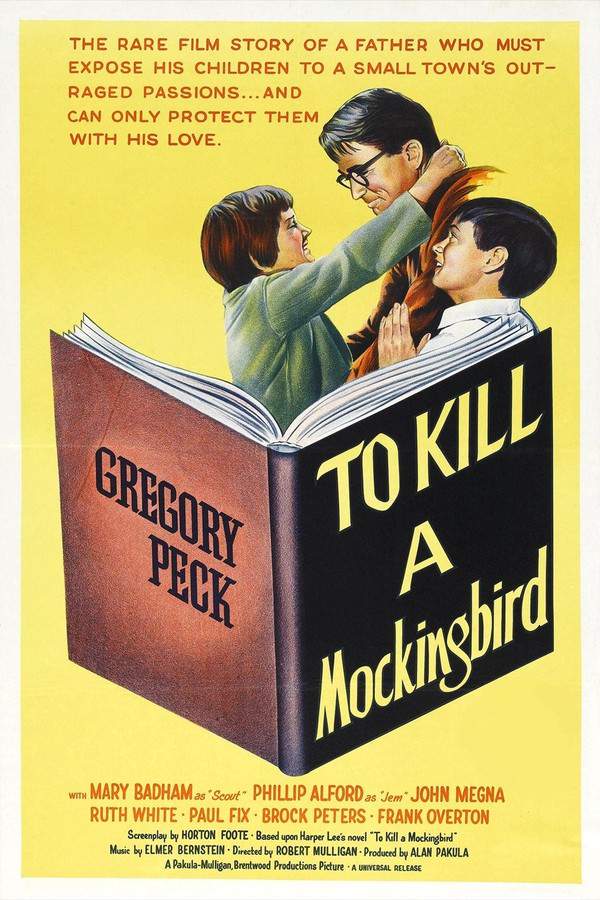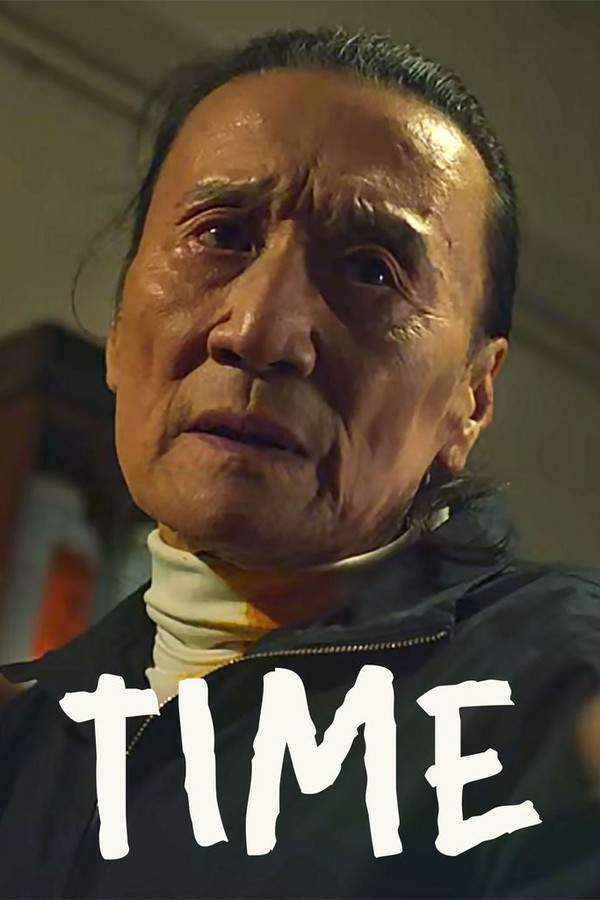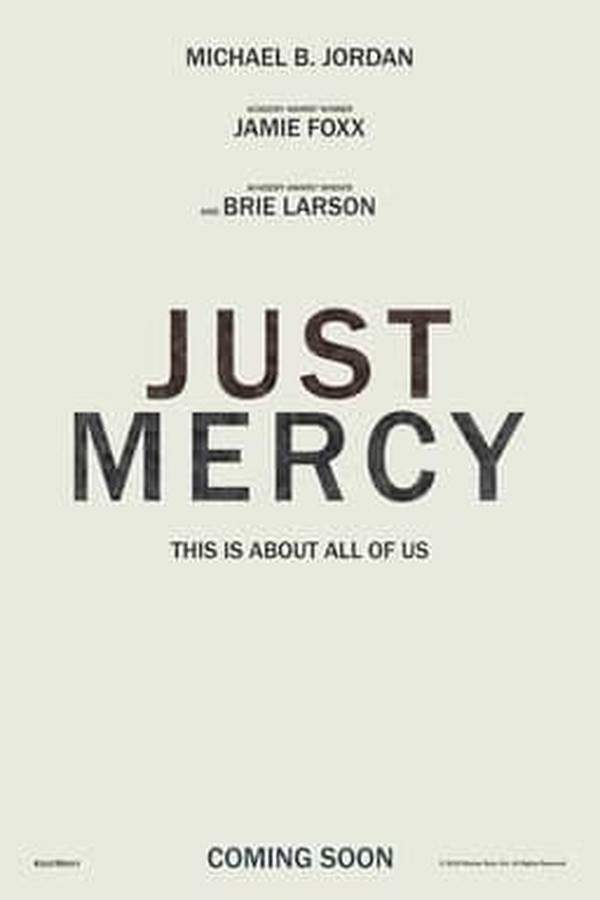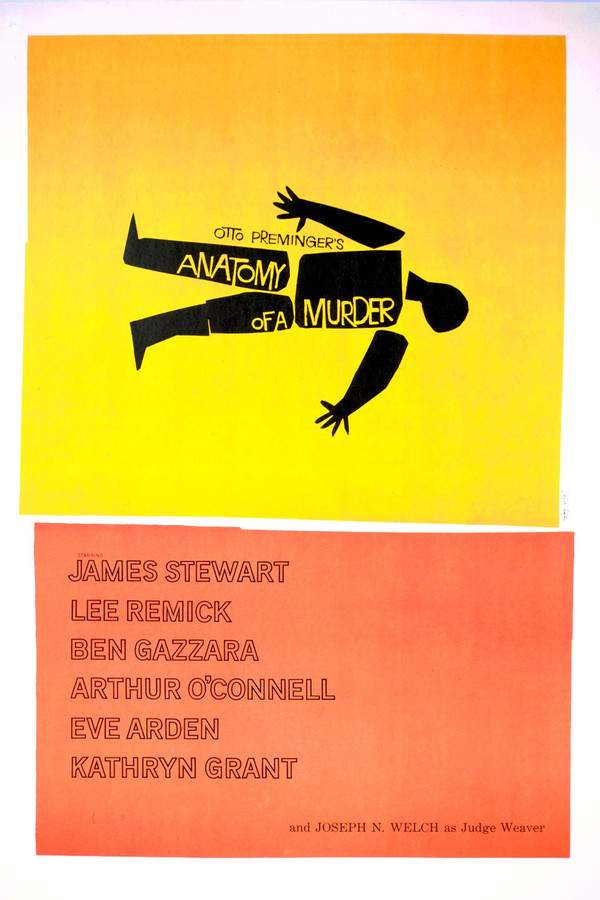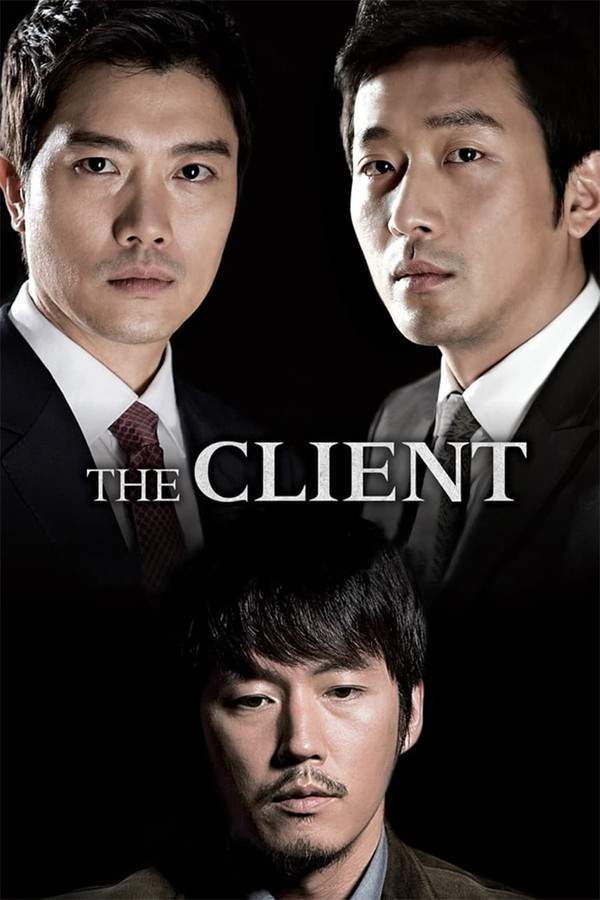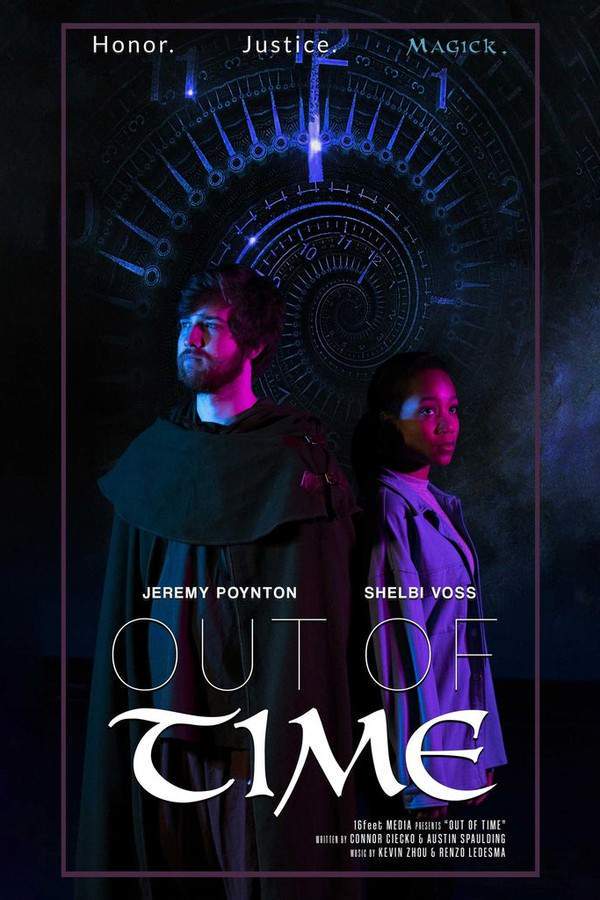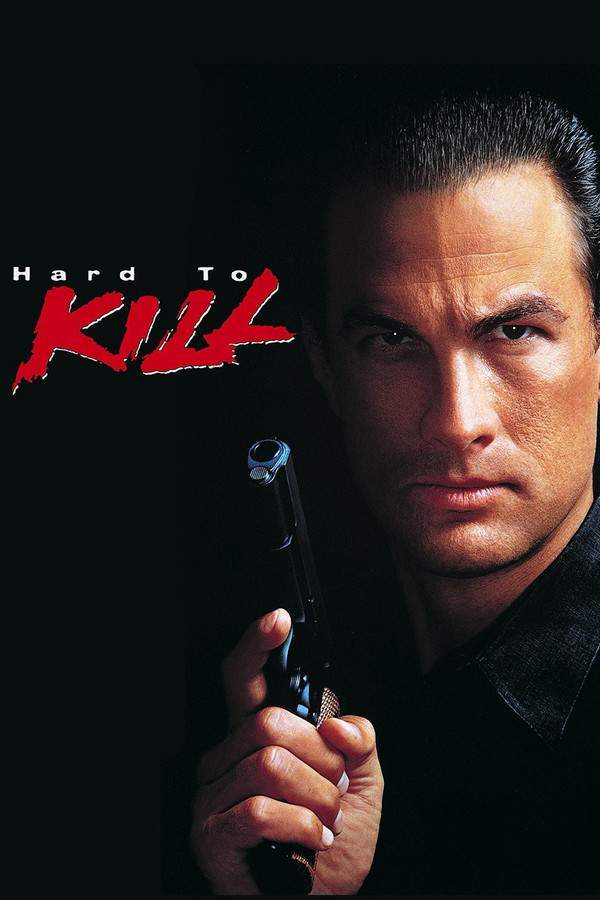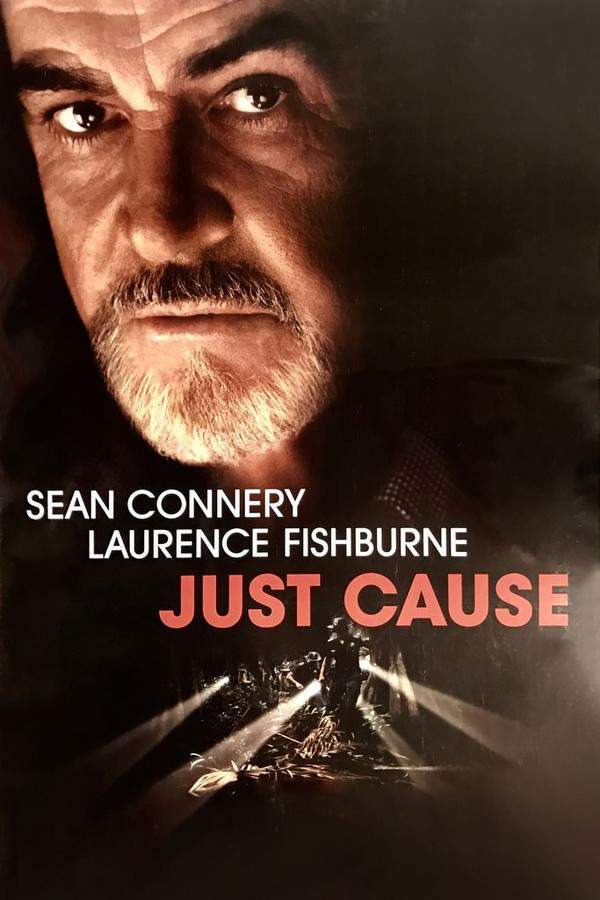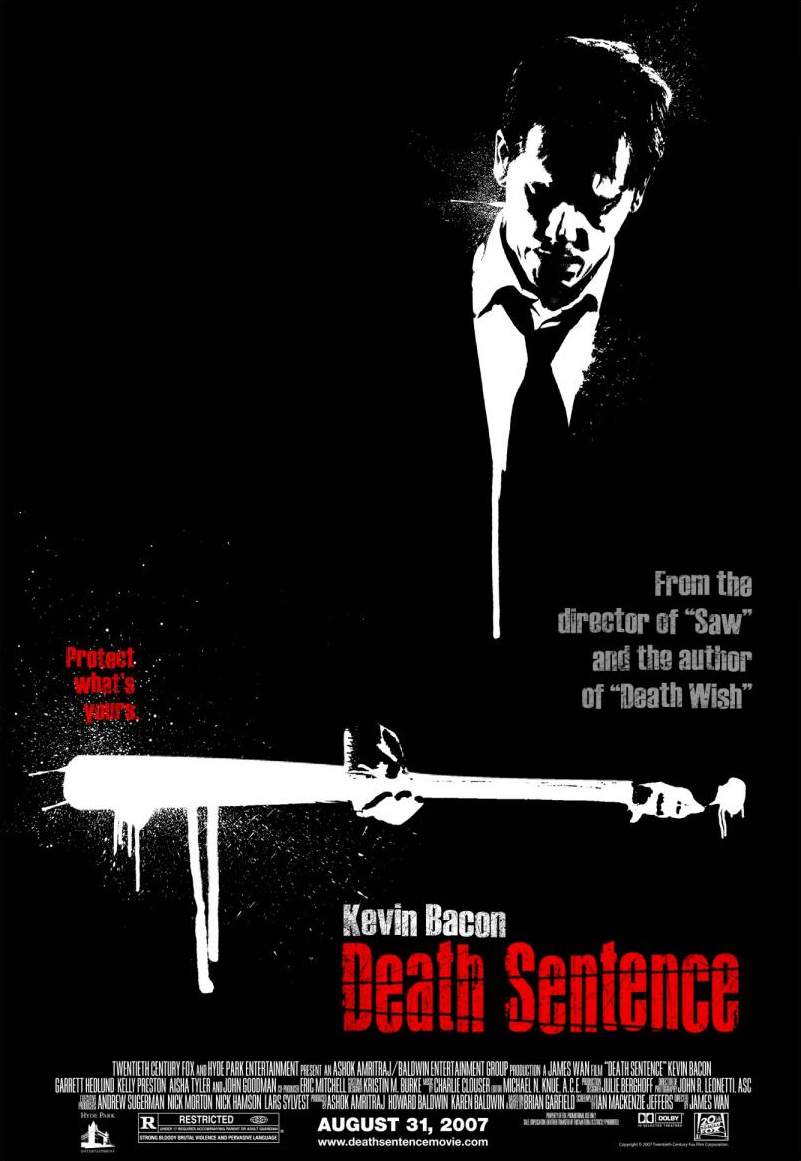A Time to Kill 1996
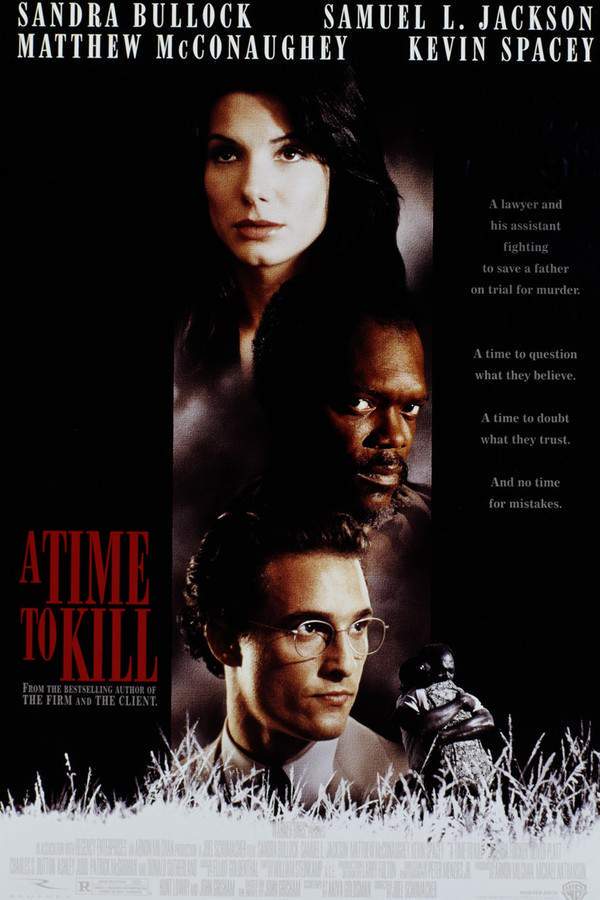
In a racially charged Southern town, Carl Lee Hailey takes the law into his own hands after his daughter is brutally attacked. He shoots the two white men responsible, setting off a fierce legal battle. A young, idealistic lawyer defends him, facing intense prejudice and deeply ingrained secrets within the community. The trial exposes the complexities of justice, morality, and the weight of a town's history.
Does A Time to Kill have end credit scenes?
No!
A Time to Kill does not have end credit scenes. You can leave when the credits roll.
Meet the Full Cast and Actors of A Time to Kill
Explore the complete cast of A Time to Kill, including both lead and supporting actors. Learn who plays each character, discover their past roles and achievements, and find out what makes this ensemble cast stand out in the world of film and television.
External Links and Streaming Options
Discover where to watch A Time to Kill online, including streaming platforms, rental options, and official sources. Compare reviews, ratings, and in-depth movie information across sites like IMDb, TMDb, Wikipedia or Rotten Tomatoes.
Ratings and Reviews for A Time to Kill
See how A Time to Kill is rated across major platforms like IMDb, Metacritic, and TMDb. Compare audience scores and critic reviews to understand where A Time to Kill stands among top-rated movies in its genre.

53
Metascore
7.2
User Score


67%
TOMATOMETER

85%
User Score

7.5 /10
IMDb Rating

74
%
User Score
Take the Ultimate A Time to Kill Movie Quiz
Challenge your knowledge of A Time to Kill with this fun and interactive movie quiz. Test yourself on key plot points, iconic characters, hidden details, and memorable moments to see how well you really know the film.
A Time to Kill Quiz: Test your knowledge on the gripping legal drama 'A Time to Kill' and its themes of justice, race, and morality.
Who plays the role of Carl Lee Hailey in 'A Time to Kill'?
Matthew McConaughey
Samuel L. Jackson
Kevin Spacey
Donald Sutherland
Show hint
Awards & Nominations for A Time to Kill
Discover all the awards and nominations received by A Time to Kill, from Oscars to film festival honors. Learn how A Time to Kill and its cast and crew have been recognized by critics and the industry alike.
54th Golden Globe Awards 1997
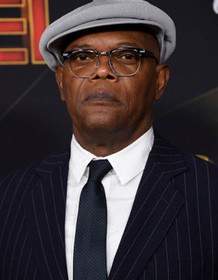
Best Supporting Performance in a Motion Picture – Drama, Musical or Comedy (Supporting Actor)
Samuel L. JacksonFull Plot Summary and Ending Explained for A Time to Kill
Read the complete plot summary of A Time to Kill, including all major events, twists, and the full ending explained in detail. Explore key characters, themes, hidden meanings, and everything you need to understand the story from beginning to end.
Two white racists, Billy Ray Cobb (Nicky Katt) and Pete Willard (Doug Hutchison), encounter a young black girl named Tonya Hailey (Rae’Ven Larrymore Kelly) in rural Mississippi, subjecting her to a brutal attack before discarding her in a nearby river after a failed attempt to hang her. Thankfully, Tonya survives, leading to the arrest of her attackers.
Concerned about the possibility of the men escaping justice due to pervasive racism in the region, Tonya’s father, Carl Lee Hailey, seeks the help of the laid-back attorney Jake Brigance. They discuss a troubling precedent from a similar case where four white youths were acquitted for the rape of a black girl, leaving Carl Lee fearful of the same fate for his daughter. With rising anxiety, he acquires an M16 rifle and storms the county courthouse, ultimately bringing down both rapists but causing the unintended injury of Deputy Looney (Chris Cooper), who then requires amputation of his leg. Following this act of vengeance, Carl Lee is arrested without a fight.
Despite the typical costs associated with a case of such magnitude, Brigance agrees to defend Carl Lee for a significantly reduced fee, planning to enter a plea of not guilty due to temporary insanity. The aftermath of the rape and the subsequent revenge killing capture national headlines, sparking the attention of the Ku Klux Klan, who begin organizing in the area. The brother of one of the rapists, Freddie Lee Cobb (Kiefer Sutherland), threatens Brigance and his family, further complicating the tense atmosphere.
As the district attorney, Rufus Buckley, pursues capital punishment and Judge Omar Noose (Patrick McGoohan) denies a change of venue, Brigance seeks to bolster his defense team. He turns to his friend, Harry Rex Vonner (Oliver Platt), a sleazy divorce lawyer, and requests guidance from Lucien Wilbanks (Donald Sutherland), a once-revered civil rights lawyer now discredited for his past violent activism. During this tumultuous time, Brigance crosses paths with Ellen Roark, a passionate liberal law student affiliated with the ACLU. Although initially hesitant, Brigance ultimately enlists her assistance in the case.
The trial begins amidst public uproar and media frenzy, forcing Brigance’s family to evacuate their home after an incident where the Klan burns a cross on their lawn. With tensions escalating, Brigance and the police apprehend a Klansman who possesses a homemade bomb, which Brigance heroically tosses into the air, causing it to detonate. In response to the growing violence, Brigance decides to send his wife and daughter away for their safety.
As the trial unfolds, a chaotic standoff ensues between Klan members and a largely black congregation of protesters, culminating in violence. Amidst the turmoil, Brigance develops an attraction to Roark, but they resist crossing any inappropriate boundaries. The situation intensifies when arsonists destroy Brigance’s house, leaving him to confront his losses and the sacrifices he’s made. Although most jurors lean towards a guilty verdict, the pressure mounts when Freddie Lee Cobb targets Brigance, injuring a National Guardsman in the process.
In a harrowing twist, Roark is abducted by Klansmen, who assault her and leave her for dead until she is saved by an informant. With the case unraveling, Brigance visits Carl Lee in jail, suggesting a lesser plea, only to be met with fierce rejection. Carl Lee makes it clear that Brigance’s race and upbringing impede his understanding of true justice in a racially biased trial.
As closing arguments commence, the courtroom is packed with onlookers. Brigance captivates the jury with a poignant plea, asking them to envision the victim as white while recounting the traumatic events surrounding Tonya’s attack. This powerful imagery forces the jury to confront their own biases, challenging their notions of justice. After deliberation, an African-American child bursts onto the courthouse steps exclaiming, “he’s innocent!” This declaration ignites celebrations among supporters, but fury erupts from the KKK.
The movie concludes with Sheriff Ozzie Walls (Charles S. Dutton) arresting Freddie Lee and his fellow culprits. In a poignant moment of reconciliation, Brigance brings his family to a cookout at Carl Lee’s home, remarking, “just thought our kids could play together,” to which Carl Lee responds with a surprised yet warm smile, symbolizing a glimmer of hope for unity.
Uncover the Details: Timeline, Characters, Themes, and Beyond!

Coming soon on iOS and Android
The Plot Explained Mobile App
From blockbusters to hidden gems — dive into movie stories anytime, anywhere. Save your favorites, discover plots faster, and never miss a twist again.
Sign up to be the first to know when we launch. Your email stays private — always.
Watch Trailers, Clips & Behind-the-Scenes for A Time to Kill
Watch official trailers, exclusive clips, cast interviews, and behind-the-scenes footage from A Time to Kill. Dive deeper into the making of the film, its standout moments, and key production insights.
Cars Featured in A Time to Kill
Explore all cars featured in A Time to Kill, including their makes, models, scenes they appear in, and their significance to the plot. A must-read for car enthusiasts and movie buffs alike.
A Time to Kill Themes and Keywords
Discover the central themes, ideas, and keywords that define the movie’s story, tone, and message. Analyze the film’s deeper meanings, genre influences, and recurring concepts.
A Time to Kill Other Names and Titles
Explore the various alternative titles, translations, and other names used for A Time to Kill across different regions and languages. Understand how the film is marketed and recognized worldwide.
Similar Movies To A Time to Kill You Should Know About
Browse a curated list of movies similar in genre, tone, characters, or story structure. Discover new titles like the one you're watching, perfect for fans of related plots, vibes, or cinematic styles.
Quick Links: Summary, Cast, Ratings, More

What's After the Movie?
Not sure whether to stay after the credits? Find out!
Explore Our Movie Platform
New Movie Releases (2025)
Famous Movie Actors
Top Film Production Studios
Movie Plot Summaries & Endings
Major Movie Awards & Winners
Best Concert Films & Music Documentaries
Movie Collections and Curated Lists
© 2025 What's After the Movie. All rights reserved.



